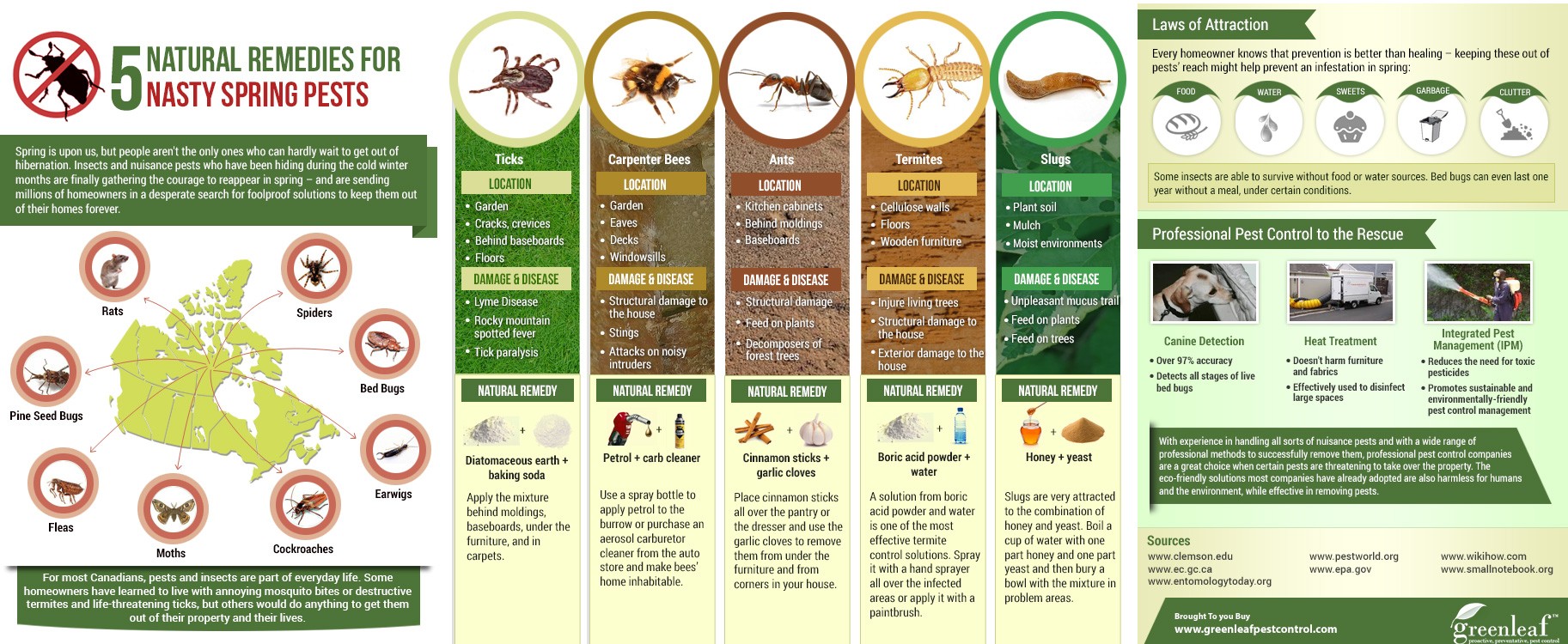Insights From Experts On Rodent Actions For Effective Pest Control
Insights From Experts On Rodent Actions For Effective Pest Control
Blog Article
Developed By-Berg Skovsgaard
Envision being able to anticipate the relocations of your opponents in a video game of chess, constantly remaining one step in advance.
On the planet of bug control, recognizing rodent actions resembles having that critical advantage. By gaining expert insights into the nesting routines, feeding patterns, and communication and social actions of rodents, you can properly fight these pesky animals.
However just how precisely do rodents act, and why is it important to understand? In kill spiders on contact , we will unravel the mysteries of rodent behavior, offering you with important expertise that will certainly help you stay in advance in the battle against parasites.
Are you all set to reveal the tricks of these cunning animals?
Nesting Behaviors
To recognize rodent actions and efficiently control parasites, it is very important to obtain understanding right into their nesting habits.
Rats, such as computer mice and rats, have a natural instinct to locate sanctuary and develop nests where they really feel secure and safe and secure. These nests serve as their homes, breeding grounds, and storage space areas for food. Comprehending their nesting routines can help you determine potential areas of problem and apply targeted control steps.
Rodents normally prefer nesting in dark, private rooms, such as attics, cellars, crawl spaces, and wall gaps. They use materials like shredded paper, fabric, insulation, and also chewed-up electrical cords to build their nests.
Feeding Patterns
Rodents display distinct feeding patterns that play an important duty in their habits and can inform reliable pest control strategies. Understanding these patterns is vital for applying successful insect control steps.
Rats are opportunistic feeders, suggesting they'll take in whatever food is easily available. They've a preference for high-calorie foods such as grains, nuts, and seeds. This is why correct storage of food and waste administration are essential in preventing rodent invasions.
In addition, rats are nighttime, which implies they're most active during the evening when they search for food. By recognizing their feeding patterns, you can purposefully put traps and baits to optimize their performance.
Maintaining food resources unattainable and preserving a tidy environment can assist hinder rats and lessen the threat of problem.
Communication and Social Actions
Recognizing how rodents communicate and communicate socially is critical for effective bug control methods. Rats, like mice and rats, have intricate interaction systems that they make use of to share info per various other and coordinate their tasks. Here are three vital elements of rodent interaction and social habits:
1. see it here : Rats create a wide range of singing noises, including squeaks, chirps, and chattering, to interact with each other. best way to treat yard for fleas can convey various messages, such as threat warnings or mating phone calls.
2. Scent noting: Rats use scent glands to leave chemical signals on items and in their setting. These scent marks serve as territorial boundaries and communicate information about reproductive status, supremacy, and social association.
3. https://elliottxxsmi.like-blogs.com/25710632/the-methods-which-pest-exterminator-solutions-can-protect-the-wellness-of-your-health-and-the-safety-of-your-home : Rodents have an ordered social structure, with leading people having accessibility to resources and chosen nesting websites. Comprehending this power structure is very important for targeting bug control efforts and recognizing essential people for elimination.
Final thought
So, there you have it - a short glimpse into the remarkable globe of rodent actions. By recognizing their nesting routines, feeding patterns, and interaction, we can better tackle the issue of bug control.
Did you recognize that a women mouse can generate approximately 10 litters per year, with each clutter containing around 5-6 dogs? This astonishing statistic highlights the importance of punctual and efficient pest management to avoid rodent populaces from spiraling uncontrollable.
